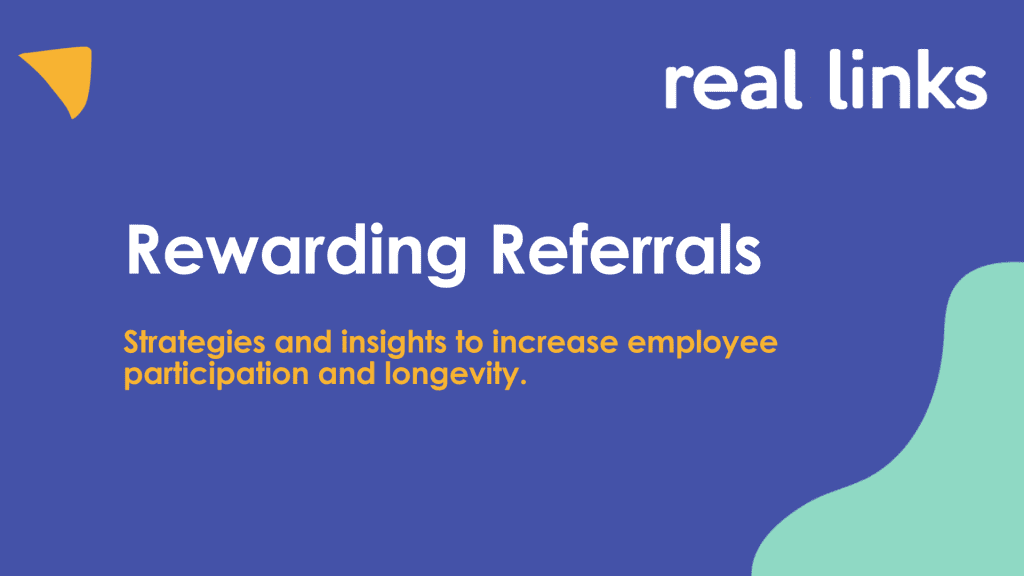Tech talent – often seen as Unicorns of the recruitment game.
61% of CEOs say a shortage of great dev talent is more of a threat to their business than investment; talent acquisition teams anecdotally tell us that they struggle to compete with ‘cooler’ tech businesses on either brand reputation or perks and pay and often, there’s discord between the consumer brand and employer brand.
For example, a slot machine gaming platform that caters for 50+ females with a talent requirement of bright University graduates who demonstrate high levels of skill. It’s highly likely those graduates haven’t even heard of the brand as they’re not the right target audience and amongst their peer group there will be ‘cooler’ better known brands to aspire to work for.
So as a talent acquisition leader under pressure to hire great tech talent for a brand that’s not necessarily got talent throwing themselves at you, what do you do? You start with marketing.
For some businesses, their consumer brand feeds their employer brand, for others, you’re targeting two completely different audiences with different messages.
To add another layer of complication, employer brand can’t be one size fits all. You need to tailor your messaging according to who you’re trying to attract. For example, what interests a management accountant in working for your business will probably be different to the motivations of a tech professional.
In this case we’re focused on hiring tech, so what does your employer brand need to demonstrate to attract the right tech candidates?
Research from the Stack Overflow Insights Report, 2019 highlights:
- 51% of developers are self-learners, learning to code by themselves through accessible online resources.
- Developers working in small companies are more professionally fulfilled than those in large groups
- 80% of developers work on code outside of work as a hobby
- 68% of developers consider that the ability to learn new things is more important than salary when considering a new role
What we can deduce from that, as well as anecdotal evidence we’ve gathered is that there are a handful of areas in your employer brand that can be easily tailored to attract a tech audience.
For them it’s all about the projects, what they’ll learn, how much autonomy they have to be creative. If you’ve provided that kind of non linear development with an environment that motivates them, your consumer brand suddenly becomes less of an issue:
- Attraction messaging
- Communication channels
- The candidate experience during assessment and on-boarding
- Working conditions
- Gamification of projects
- Learning and development
- Benefits
Based on this research, we’ve developed a check list of ideas that have the potential to change, or promote your employer brand perception in the mind of the tech candidates you’d most love to work with.
Case Studies
Do you have case studies written for tech talent, by tech talent, showcasing your most interesting recent projects?
Dedicated developer blog
Do you have a blog written by tech professionals for tech professionals? Check out this example from Monzo. They talk in detail about specific projects and problems they’ve solved, providing candidates with detailed insight into what a day in the life might look like in your company.
Tailored job adverts
Do you tailor your job adverts in a way that inspires tech talent to take action? A simple ‘about us’ won’t cut it for this audience. Lead with the most unique and attractive aspects of the project or tech stack they’ll be working on. In many cases, incorporating a logo of programming language or software will have far more impact than a text-based explanation. checklist how does your employer brand measure up when it comes to tech talent?
Social proof
Are you leveraging social proof? Using employee testimonials and leveraging employee advocacy from your current tech team will exponentially increase your success. In tech in particular, there’s nothing more powerful than positive insights from their peers. This is one of the reasons employee referral and advocacy platforms work so well in the tech community – because they’re very well networked; share a common passion and spend a lot of time online they’ve got fantastic access to diverse talent pools.
Competitor analysis
Do you conduct regular competitor benchmarking against salaries and benefits to ensure what you’re offering to candidates matches up?
Bespoke benefits
Have you considered redefining your benefits package to attract specific talent? A benefits package for a tech employee may differ from customer service for example – but advertising a bespoke benefits package can really enhance your employer brand.
Promoting your tech stack
Your brand may not be the coolest or most sought after in the tech talent market. But by promoting the virtues of your tech stack, you may just spark the interest of some great talent.
Nonlinear career paths
Tech talent have an appetite for fast moving personal development. They’re often self-taught and motivated by constant learning and development. If this is something you can offer, make it a part of your employer value proposition.
Real time communication
Tech talent are used to using technology to communicate instantly through platforms like Slack. Is your HR or Talent Acquisition team readily available for real time communication with both new talent and existing employees? It’s a real bonus if you are, as it positions the brand as forward thinking and tech savvy in the mind of the people you want to engage with.
There’s a multitude of actions you can take to make your brand more attractive to a tech audience, improving the volume and quality of applications and hires.
For more support on hiring tech talent download our whitepaper or book a demo to find out how employee referral could revolutionise hiring for tech.
Learn more about how you can source tech talent today.







